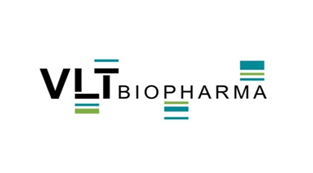Successful use of BiPAP in infants with congenital myotonic dystrophy.
Source
Department of Paediatrics and Adolescent Medicine, Queen Mary Hospital, LKS Faculty of Medicine, University of Hong Kong Department of Paediatrics and Adolescent Medicine, Duchess of Kent Children’s Hospital and Queen Mary Hospital, LKS Faculty of Medicine, University of Hong Kong, Hong Kong.
Abstract
Reported herein are two cases of severe phenotype of congenital myotonic dystrophy (CDM) with presentation of respiratory insufficiency at birth. The infants were successfully managed with bi-level positive airway pressure (BiPAP) via nasal mask. The use of BiPAP in infants with CDM has not been reported before. The rationale for using BiPAP is discussed. BiPAP may be more effective than continuous positive airway pressure in managing respiratory insufficiency, especially in infants with the more severe phenotype of CDM.



